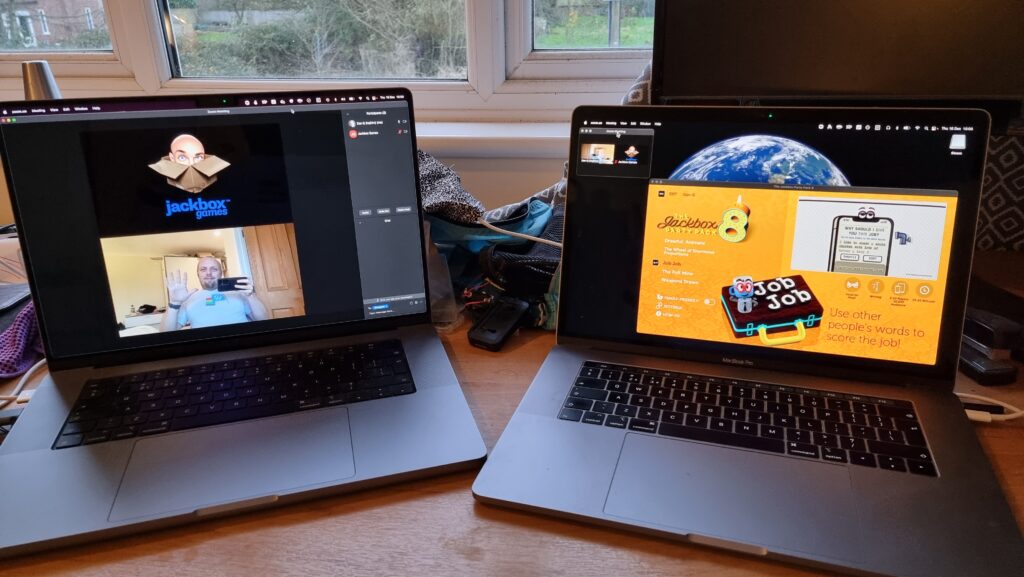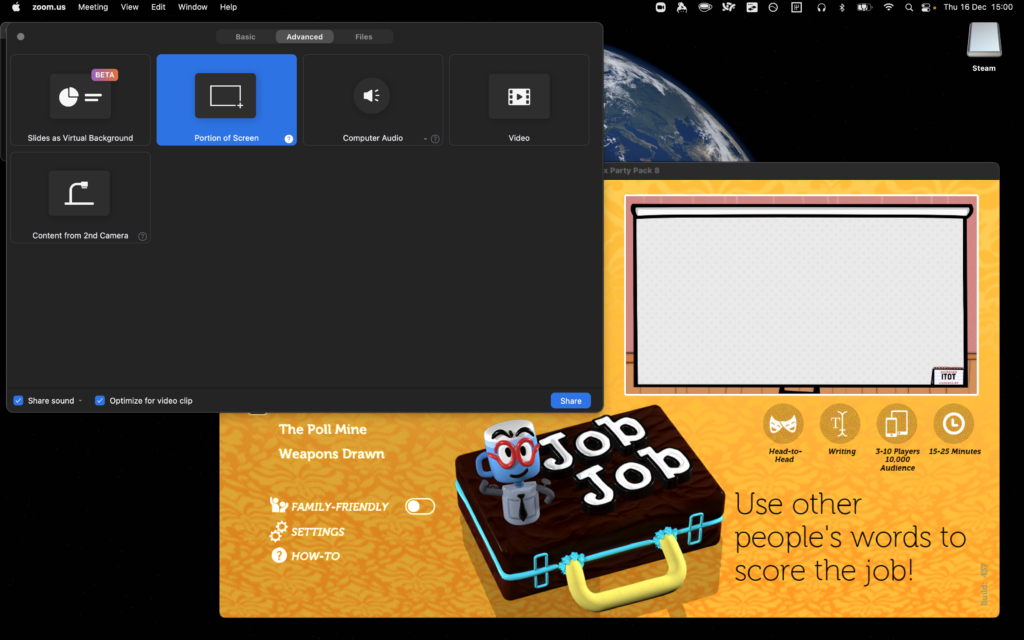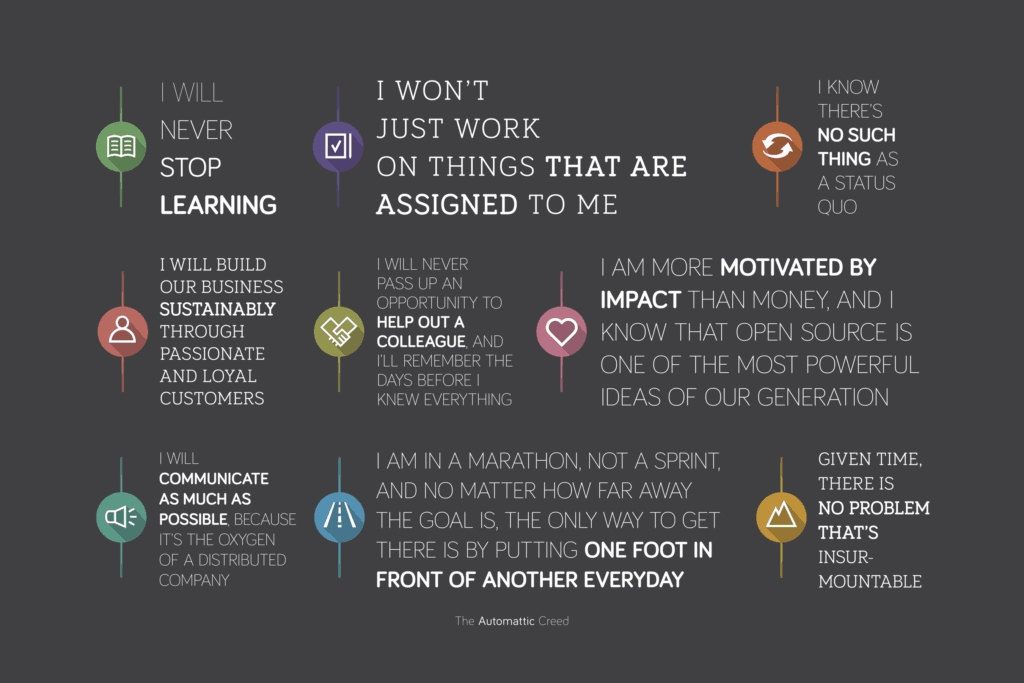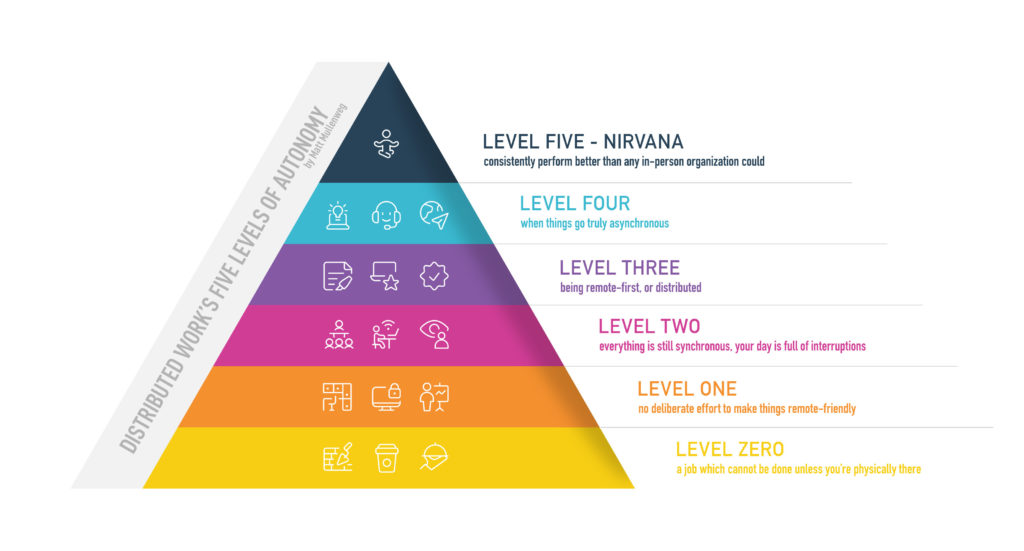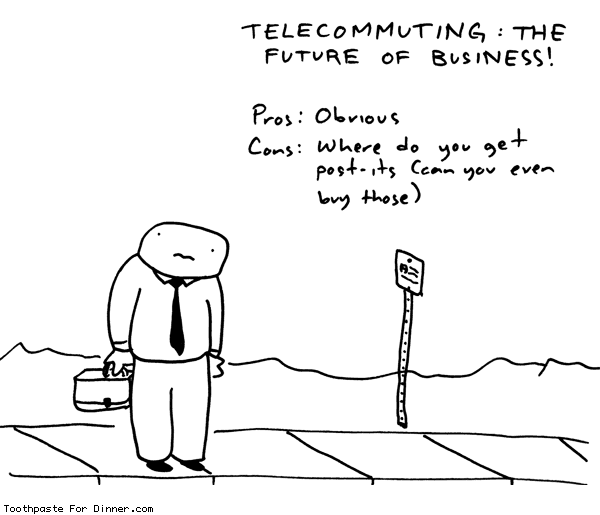During one of the periods today that Facebook wasn’t down, a friend who makes use of the platform shared a Facebook post with me, which read:
Has anyone informed work/colleagues about being ENM and how was it received?
I’ve informed a few colleagues but I am considering informing my team as part of my Team Champion and EDI role.
…
I’ve been “out” at every one of the employers1 since I entered into my first open/nonmonogamous relationship a couple of decades ago.
I didn’t do so immediately: in fact, I waited almost until the point that coming out was an academic necessity! The point at which it was only a matter of time before somebody thought they’d caught us “cheating”… or else because I didn’t want to have to lie to coworkers about e.g. from whom a romantic gift might have come.

Here’s how it went to be “out” at each of the three full-time jobs I’ve held over that period:
SmartData
We lived and worked in and around a small town, and in our small tight-knit team we all had a reasonable handle on what was going on in one another’s personal lives. By the time I was actively in a relationship with Ruth (while still in a relationship with Claire, whom all my coworkers had met at e.g. office parties and the like), it just seemed prudent to mention it, as well as being honest and transparent.

It went fine. And it made Monday watercooler conversations about “who what I did at the weekend” simpler. Being a small team sharing a single open-plan office meant that I
was able to mention my relationship status to literally the entire company at once, and everybody took it with a shrug of noncommittal acceptance.
The Bodleian Libraries
The Bodleian Libraries was a much bigger beast, and in turn a part of the massive University of Oxford. It was big enough to have a “LGBT+ Staff” network within its Equality and Diversity unit, within which – because of cultural intersections2 – I was able to meet a handful of other poly folk at the University.

I mentioned very early on – as soon as it came up organically – the structure of the relationship I was in, and everybody was cool (or failing that, at least professional) about it. Curious coworkers asked carefully-crafted questions, and before long (and following my lead) my curious lifestyle choices were as valid a topic for light-hearted jokes as anything else in that fun and gossipy office.
And again: it paid-off pragmatically, especially when I took parental leave after the birth of each of our two kids3.
It also helped defuse a situation when I was spotted by a more-distant coworker on my way back from a lunchtime date with a lover who wasn’t Ruth, and my confused colleague introduced herself to the woman that she assumed must’ve been the partner she’d heard about. When I explained that no, this is a different person I’m seeing my colleague seemed taken aback, and I was glad to be able to call on a passing coworker who knew me better to back me up in my assertion that no, this wasn’t just me trying to lie to cover some illicit work affair! Work allies are useful.
Automattic
I’ve been with Automattic for four and a half years now, and this time around I went one step further in telling potential teammates about my relationship structure by mentioning it in my “Howdymattic” video – a video introduction new starters are encouraged to record to say hi to the rest of the company4.

A convenient side-effect of this early coming-out was that I found myself immediately inducted into the “polymatticians” group – a minor diversity group within Automattic, comprising a massive 1.2% of the company, who openly identify as engaging in nonmonogamous relationships5!
That was eye-opening. Not only does Automattic have a stack of the regular inclusivity groups you might expect from a big tech company (queer, Black, women, trans, neurodiverse) and a handful of the less-common ones (over-40s, cancer survivors, nondrinkers, veterans), they’ve also got a private group for those of us who happen to be both Automatticians and in (or inclined towards) polyamorous relationships. Mind blown.
My relationship structure’s been… quietly and professionally accepted. It doesn’t really come up (why would it? in a distributed company it has even less-impact on anything than it did in my previous non-distributed roles)… outside of the “polymatticians” private space.
In summary: I can recommend being “out” at work. So long as you’d feel professionally safe to do so: relationship structure isn’t necessarily a protected characteristic (it’s complicated), and even if it were you might be careful about mentioning it in some environments. It’s great to have the transparency to not have to watch your words when a coworker asks about “your partner”. Plus being free to be emotionally honest at work is just good for your mental wellbeing, in my opinion! If you trust your coworkers, be honest with them. If you don’t… perhaps you need to start looking for a better job?
Footnotes
1 I’m not counting my freelance work during any of those periods, although I’ve been pretty transparent with them too.
2 Let’s be clear: most queer folks, just like most straight folks, seem to be similarly-inclined towards monogamy. But ethnical non-monogamy in various forms seems to represent a larger minority within queer communities than outside them. There’s all kinds of possible reasons for this, and smarter people than me have written about them, but personally I’m of the opinion that, for many, it stems from the fact that by the time you’re societally-forced to critically examine your relationships, you might as well go the extra mile and decide whether your relationship structure is right for you too. In other words: I suspect that cis hetro folks would probably have a proportional parity of polyamory if they weren’t saturated with media and cultural role models that show them what their relationship “should” look like.
3 Unwilling to lie, I made absolutely clear that I was neither the father of either of them nor the husband of their mother (among other reasons, the law prohibits Ruth from marrying me on account of being married to JTA), but pointed out that my contract merely stipulated that I was the partner of a birth parent, which was something I’d made completely clear since I first started working there. I’m not sure if I was just rubber-stamped through the University’s leave process as a matter of course or if they took a deeper look at me and figured “yeah, we’re not going to risk picking a legal fight with that guy”, but I got my leave granted.
4 If you enjoyed my “Howdymattic”, you’ll probably also love the outtakes.
5 There are dozens of us! Dozens!
